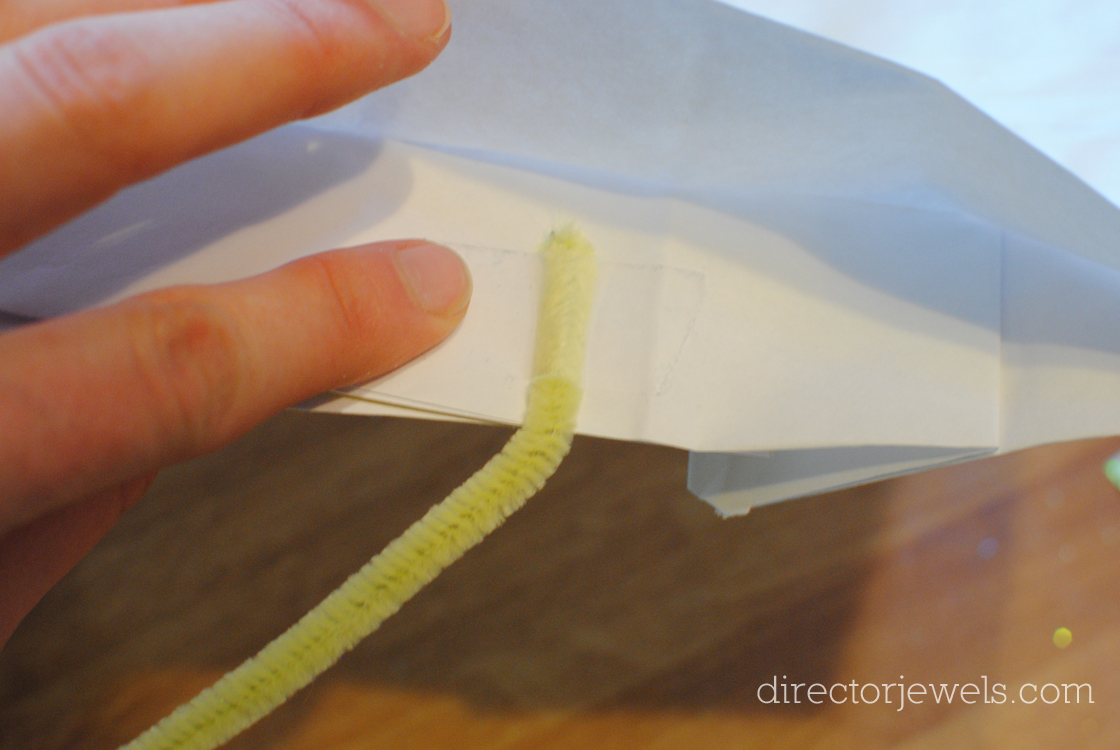
File a “slot” for the O-ring with the angled edge of the metal file. Access to a good belt sander would be a great asset here.ĥ. A Dremmel tool with an emery wheel is a good option for the job. All will depend on the make of your particular drones. You may luck out and find that very little filing is needed or you may be at it for a while. Stop filing when the smoothed elbow inserts easily. Try this end in the base of your blowstick stock for fit as you go. Take the metal file and file down the angled ridges or “steps” all around one arm of the PVC elbow until the circumference is relatively smooth. Drill a few more holes in each staggered row if you feel there is any resistance as you blow through.Ĥ. Give it a blow from the other end to test airflow. Insert the threaded plug into the end with the drilled holes. When finished, there should be staggered rows of holes that extend at least 3 to 4 inches.ģ. Carefully (and slowly) drill through the surface of the tubing at each dot. Mark out spots in three rows of staggered dots about 1/4-inch apart down 3 to 4 inches of the tubing. Measure 3/4 of an inch from one end of the tubing on the inside of the tube’s curve. Measure your own bag to make sure the length of tubing will be long enough to get up into the bag but not be too long.Ģ. A 19-inch length is a good general measurement for a typical pipe bag. The natural curve of the length of tubing should follow the curve of the pipe bag’s seam and just reach the back measuring from the blowstick stock. Cut a 19-1/2 inch length of the vinyl tubing.

In all of this, the humble water trap has become a ubiquitous part of the active piper’s gear—be they hide purists or synthetic advocates. The preponderance of products for pipers to address moisture problems alone is a testament to the importance of controlling it. A build up of too much moisture in your instrument means certain death of your reeds and nothing but trouble when trying to achieve a stable sound. Moisture to the bagpiper is like DDT to the mosquito.


 0 kommentar(er)
0 kommentar(er)
